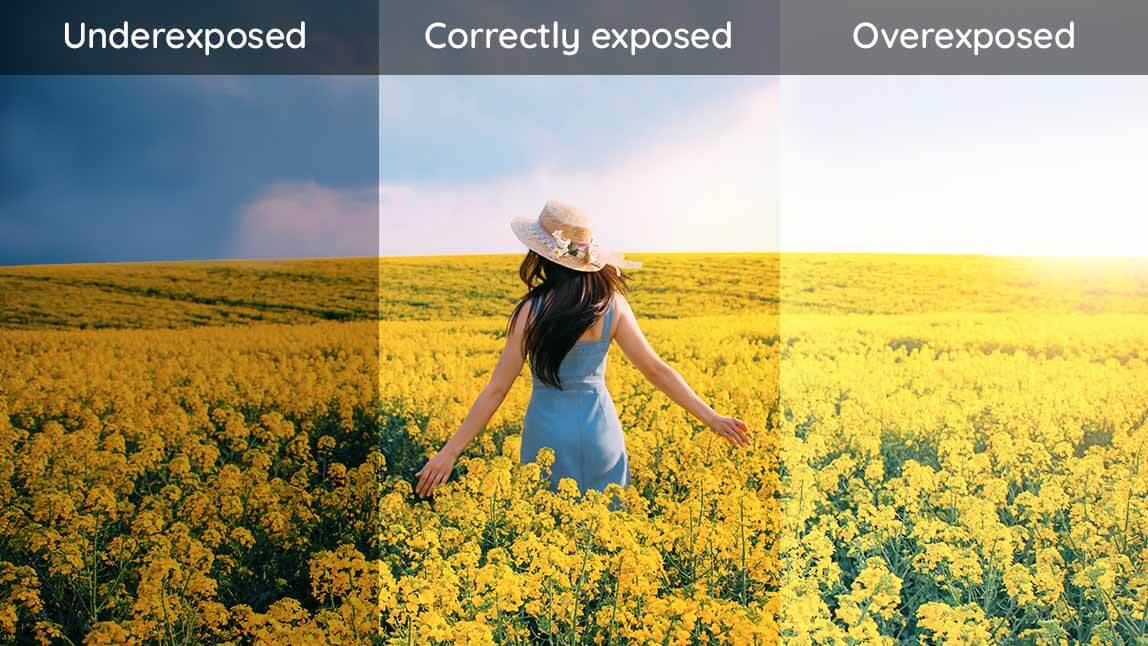
Capturing stunning photos doesn’t require any mystical abilities. By acquiring some know-how and dedicating time to practice, you can elevate the quality of your photographs, irrespective of the DSLR gear you possess.
To enhance your photographic prowess, concentrate on three pivotal aspects:
Optimal Exposure:
Exposure, the cornerstone of photography, dictates the brightness or darkness of your images upon capturing them with your DSLR. It revolves around three primary settings: Aperture (F stop), Shutter speed, and ISO, forming what’s commonly known as the Exposure Triangle.
Aperture, determined by the F stop, regulates the amount of light entering the photo. A wider aperture (lower F stop) permits more light, while a narrower aperture (higher F stop) restricts it.
Shutter speed governs how swiftly the DSLR captures the image. Faster shutter speeds excel at freezing motion and reducing photo blurring.
ISO determines the level of grain or noise present in the image. Lower ISO settings yield smoother images with minimal grain.

Tailoring these settings to the lighting conditions is crucial. In low light scenarios, opt for wide aperture, low shutter speed, and higher ISO. Conversely, in ample lighting conditions, favor narrow aperture, high shutter speed, and the lowest ISO setting possible.
Precise Focus:
Modern DSLRs boast efficient Auto Focus (AF) systems, offering various modes such as One-Shot AF (Canon)/Single-Servo AF (Nikon), AI Servo AF (Canon)/Continuous-Servo AF (Nikon), and AI Focus AF (Canon)/Auto AF (Nikon).
For stationary subjects, utilize One-Shot AF (Canon)/Single-Servo AF (Nikon) mode. For moving subjects, switch to AI Servo AF (Canon)/Continuous-Servo AF (Nikon) mode.
Although AI Focus AF (Canon)/Auto AF (Nikon) aims to automatically discern subject movement, manually selecting AF modes tends to yield more reliable results. Additionally, take charge of Auto Focusing points (AF Points) to ensure precise focus.
Artistic Composition:
Composition serves as the artistic backbone of photography. While it’s subjective, adhering to guidelines like the Rule of Thirds can enhance visual appeal. This rule suggests dividing the photo into a grid of nine equal sections using two horizontal and two vertical lines, placing significant elements along these lines or intersections for a compelling composition.

This is a topic that’s near to my heart…
Thank you! Exactly where are your contact details though?
https://goldenfruitstore.com/contact-us/